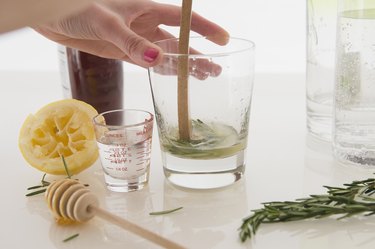Cocktails are to drinking what cooking is to eating: They're how you take a handful of ingredients and turn them into a unified (and tasty!) whole. Some skew sweet and some skew tart, but most aim for a balanced, refreshing flavor. Making your own craft cocktails is a great way to up your hospitality game, and it's a rewarding hobby in its own right. Here are a double handful of tips to get you started.
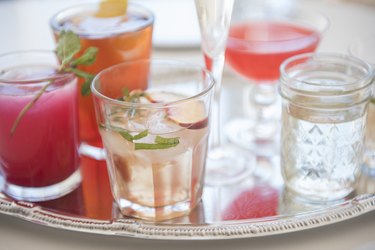
Video of the Day
1. Use Jam for Flavor and Color
A well-balanced cocktail has enough sweetness to balance out tart and astringent ingredients, and that sweetness doesn't necessarily need to come from fruit juice or simple syrup. One innovative way to bring sweetness, flavor and color to your cocktail creations is through jams, jellies and preserves. When you're testing out your newest cocktail idea, reach into your pantry or fridge for a jam with compatible flavors. Don't overthink it; it can be as simple as stirring a small spoonful into a dry sparkling wine.
Video of the Day
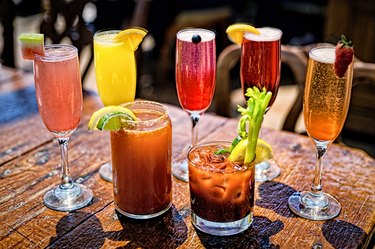
2. Make Simple Syrup
The bartender's sweetener of choice isn't sugar, because even the finest sugar is slow to dissolve in a cocktail shaker. Instead, bartenders use a liquid sweetener called simple syrup, and it lives up to the name. To make your own, just bring a cup each of water and sugar to a boil, then pour it into a clean bottle or mason jar and refrigerate it until you need it. To elevate your cocktail game, infuse the water with flavors — spices, herbs, fruit, even vegetables — to bring something unique to the mix. Just be sure to label the bottles diligently.

3. Make Special Ice Cubes
The taste of a cocktail is the most important thing, but its look is pretty significant as well. One way to up the visual appeal of your creations is with custom-crafted ice cubes. Fill the ice cube tray's cavities with berries, fresh herbs, pieces of fruit or edible flower blossoms, then freeze them and use them in compatible cocktails. For something subtler and more universal, make crystal-clear cubes: Start with distilled water and then boil and cool it twice, to remove excess oxygen, before freezing.
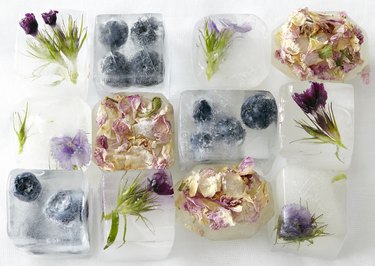
4. "Upcycle" Leftover Wine
The very notion of "leftover wine" is a frequent social-media joke, but in real life it happens pretty often. Those day-after remainders will lose some of their distinctive flavors, but they're still perfectly useful as an ingredient. Sangria and similar wine-based punches are the go-to for wine, but you can certainly think outside the pitcher. Wine lends body, acidity and a refreshing astringency to cocktails, helping you balance out sweet and fruity flavors from other ingredients. Once you've tried it, you may buy extra wine just to have the leftovers!

5. Infuse Your Booze
Flavored liquors have become a big part of the bar scene, opening the door to all sorts of new cocktails and variations on older ones. That doesn't mean you need to buy dozens of different vodkas or other spirits, because you can make your own. Fill clean, sterile bottles with your flavoring of choice — anything from crushed peppercorns to fresh herbs to citrus peel — pour in the spirit, and wait a few weeks. Voila! Now you're ready to create your own custom versions of your favorite drinks.
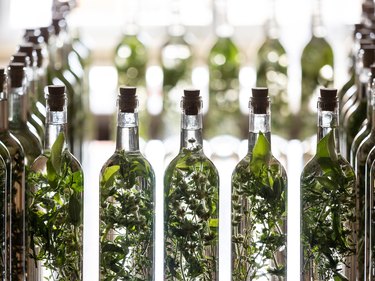
6. Make DIY Sour Mix
Cocktails, in their way, are the bartending equivalent of cooking: You can never go wrong having better, fresher ingredients. One of the most useful ingredients to keep behind your bar is a good sour mix, a key ingredient in many classic cocktails. The commercial product is easy to buy, but its flavors are blunted by preservatives and processing. To make your own, juice enough lemons and limes to make two cups of juice (you can play with the proportions to suit the flavor to your taste) and then combine it with two cups of your simple syrup. That's it, you're done!
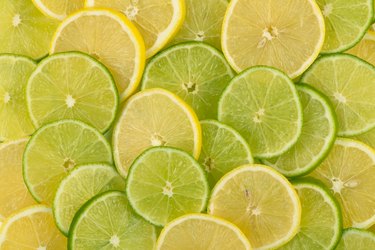
7. Grow a Cocktail Garden
Another way to have better, fresher ingredients is to grow your own. Lemons and limes are out of reach in most climates, but even apartment dwellers can grow cocktail-friendly herbs including rosemary, basil, lemon verbena or lemon balm, and of course mint. If you have a bit of space in your backyard, you could add a few canes of raspberries or blackberries, black currants (the main ingredient in cassis) or red currants, and strawberries or blueberries. Once you've got them, the potential uses and combinations are limited only by your imagination.
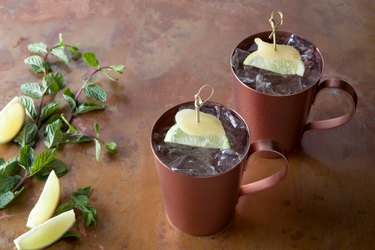
8. Make Your Own Grenadine
Many drinks use grenadine for its bold splash of color, but the supermarket version is usually an artificial simulation. The real thing is made from pomegranate juice ("grenade" is the French word for pomegranate), which gives it a more natural color and a rich, tangy flavor. It couldn't be easier to make, coming together in exactly the same way as simple syrup. Just heat a cup of pomegranate juice and a cup of sugar to a simmer, until the sugar is completely dissolved, then pour it into a sterile bottle or mason jar.
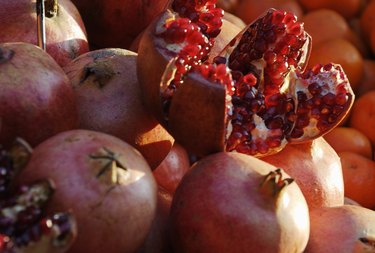
9. Make DIY Bitters
Bartenders everywhere rely on dashes of commercially prepared bitters to bring subtle notes of herb and spice to their cocktails, and the real innovators go beyond that to make their own bitters. DIY bitters are within the reach of any home enthusiast: All you need is high-proof alcohol, a few clean mason jars, and a stash of flavoring ingredients. Dried fruits, toasted nuts, dried citrus peel, spices and a variety of fresh or dried herbs can all be used to create the flavors. Bitterness comes from esoteric ingredients you can order online, like gentian or cinchona bark, or you can clean and roast a few dandelion roots (yes, dandelion!) to give your concoction a similar "edge" if you want it.
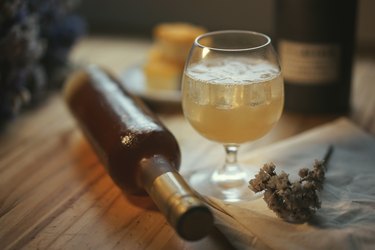
10. Improvise for Missing Equipment
Improvised and DIY ingredients are a big part of the craft cocktail experience, but don't overlook improvised tools. Don't have a muddler for crushing herbs and spices? Use the handle of your rolling pin or a large wooden spoon. Don't have a shaker? Use a mason jar. If you're missing your cocktail strainer, a tea strainer or the lid of your mason jar will work. A chopstick makes a decent substitute for a bartender's long mixing spoon, and if you don't have a jigger for measuring ingredients you can dig out that set of measuring spoons from your kitchen (2 tablespoons make an ounce, if you're wondering, and 3 teaspoons make a tablespoon).
